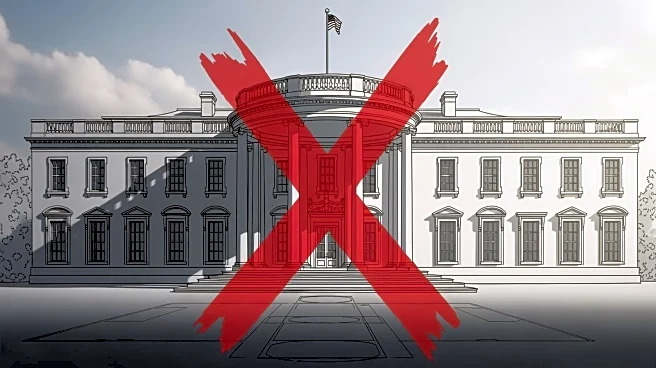What's Happening?
President Trump's tax and spending package is set to bring significant changes to charitable tax deductions in 2026. These changes will affect both itemizers and non-itemizers differently. Itemizers are advised to accelerate their charitable contributions
this year to avoid new deduction limits, while non-itemizers may benefit from waiting until 2026 to maximize their deductions. The new rules include a 0.5% adjusted gross income floor for itemizers and a 35% cap on deduction value for top earners. Non-itemizers will be able to claim a deduction for cash donations starting next year, similar to temporary measures during the COVID-19 pandemic.
Why It's Important?
The changes to charitable tax deductions could significantly impact donation strategies and the financial planning of taxpayers. For itemizers, the new rules may encourage increased giving this year to avoid future limitations, potentially boosting charitable contributions in the short term. Non-itemizers, who make up a large portion of taxpayers, will have new opportunities to claim deductions, which could lead to increased donations from smaller donors. These changes may also affect the financial strategies of high-net-worth individuals, influencing how they manage their charitable giving and tax planning.
What's Next?
Taxpayers will need to adjust their charitable giving strategies in response to the new rules. Itemizers may consider bunching donations or using donor-advised funds to maximize their deductions before the changes take effect. Non-itemizers will need to plan their cash donations to take advantage of the new deduction opportunities starting in 2026. Financial advisors and tax planners will play a crucial role in helping clients navigate these changes and optimize their charitable contributions.
Beyond the Headlines
The changes to charitable tax deductions may have broader implications for the nonprofit sector, potentially influencing donation patterns and funding levels. As taxpayers adjust their giving strategies, charities may experience shifts in donation timing and amounts, affecting their financial planning and operations. Additionally, the new rules could encourage more strategic philanthropy, with donors seeking to maximize their impact while optimizing their tax benefits.













